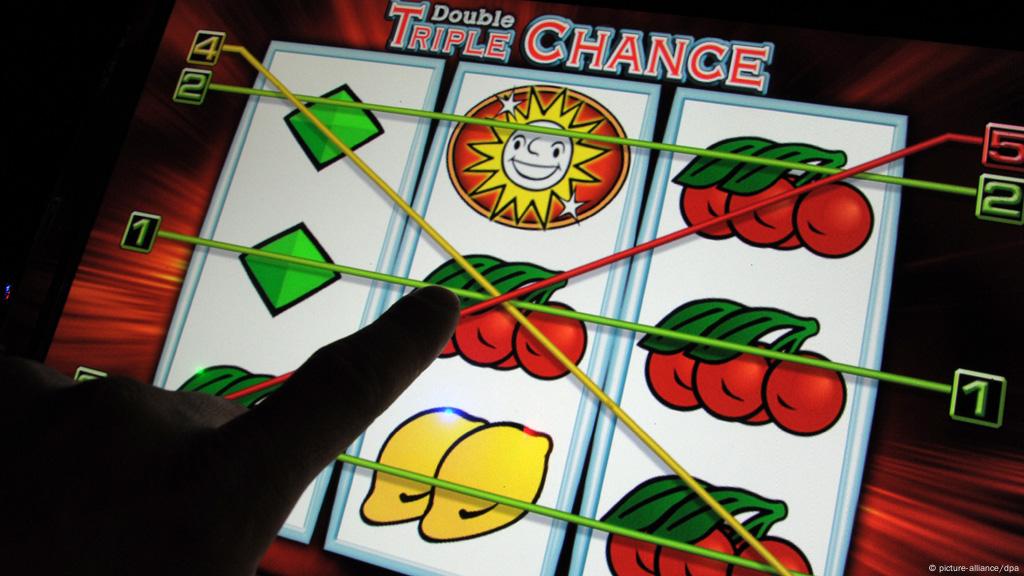Rate failure, States Addition Research Germany Problems Prices
June 30, 2021
Rate failure, States Addition Research Germany Problems Prices
Problem gambling may impact just a small group of gamers sg online casino. But its influence is considerably more widespread when addiction is taken over impacting the people, their families and in some cases their larger communities.
Gambling has become more pro-active to address the problem in recent years, engaging with charities and non-profit organisations to highlight vulnerable gamblers’ dangers and deal with recognised gambling concerns.
Some 11,500 participants took part in the poll, with more over 37% of them playing somewhere in the previous year. This result, by itself, is remarkable, demonstrating a substantial decrease from 2007 on the same issue. In 2007, 55% of those interviewed spent the time, down to 40.2% in the prior survey. A further number of questions were asked to respondents who stated they had played over the year, particularly their playful behaviours. Three or four ‘yeses’ to the extra issues have been called a problem player, while five or more have been regarded as a ‘pathological player.’

Combination strategy
And this combination strategy seems to be paying off, according to a research from Germany top online casino singapore. The Drug and Addiction Report 2017 showed that the number of people who have identified themselves as problem players is declining as part of the larger decreasing trend.
The Drug Commissioner of the Federal Government issued the survey every 2 years and mainly reviews drug dependence. The study nonetheless focuses on the gambling concerns for five pages, which comprise the bulk of their survey’s most noteworthy results.
Issue substance
Some 11,500 participants took part in the poll, with more over 37% of them playing somewhere in the previous year. This result, by itself, is remarkable, demonstrating a substantial decrease from 2007 on the same issue. In 2007, 55% of those interviewed spent the time, down to 40.2% in the prior survey.
A further number of questions were asked to respondents who stated they had played over the year, particularly their playful behaviours. Three or four ‘yeses’ to the extra issues have been called a problem player, while five or more have been regarded as a ‘pathological player.’ The statistics for problem players and pathological players were 0.42% and 0.37%.

Similar view
As an example, small numbers, related to people who have drug addiction problems. The 2013 reports revealed 0.69 and 0.82% on the same criterion, which was a steady downward trend in a single year. The huge decline from 0.31% to 0.07% in women players with problematic players remaining steady has been particularly notable. Amongst males the rates showed comparable drastic decreases, in the case of pathology-players, from 1.32% to 0.68%, and from 1.16% to 0.66%.
The research does not differentiate between different forms of gambling preferences or gaming preferences and does not further explore key demographics. However, for an industry which is so often criticised for the problem of gaming, statistics indicate a good trend.
A slight rise in the problem gaming rate in the UK was combined with a variety of negative media stories, exaggerating the magnitude and influence of this problem in some areas of Britain’s media as part of a rising anti-gambling feeling.
